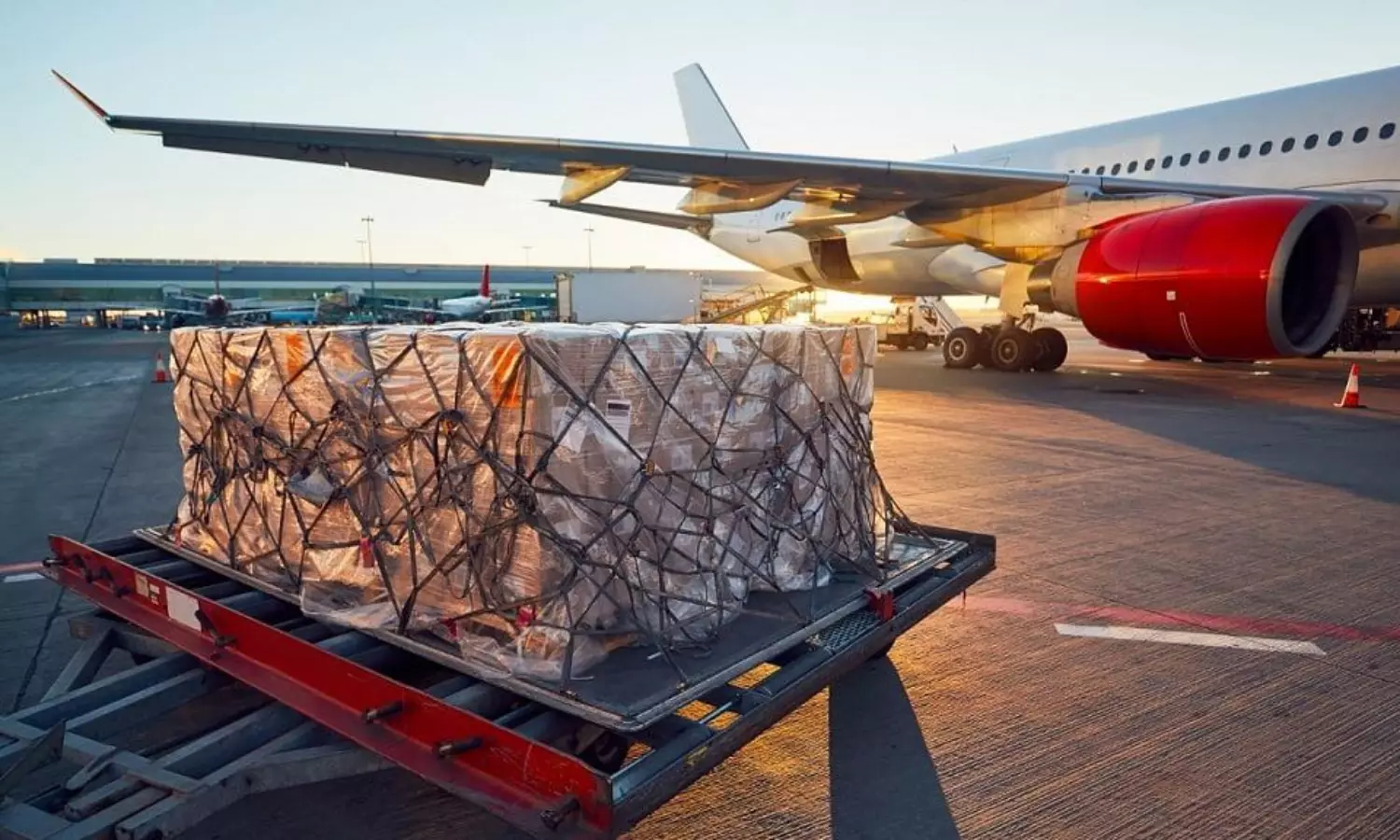Air cargo demand up 3.8% in October: IATA
Cargo yields up 2.6% month-on-month in October after a continuous 17-month decline, well-above pre-pandemic levels;

Global demand, measured in cargo tonne-kilometres (CTKs), increased by 3.8 percent in October 2023 compared to October 2022, according to data released by the International Air Transport Association (IATA), indicating the third consecutive month of strong year-on-year demand growth. "For international operations, demand lagged slightly at 3.5 percent."
Capacity, measured in available cargo tonne-kilometres (ACTKs), was up 13.1 percent compared to October 2022 (11.1 percent for international operations). "This was largely related to the growth in belly capacity. International belly capacity, for example, rose 30.5 percent year-on-year on the strength of passenger markets."
After a continuous 17-month decline, cargo yields ticked up in September and continued into October with a 2.6 percent month-on-month gain, remaining well-above pre-pandemic levels, the update added.
“Demand for air cargo was up 3.8% in October," says Willie Walsh, Director General, IATA. "That marks three consecutive months of year-on-year growth, placing air cargo on course to end 2023 on a much stronger footing than it began the year. Recovering demand, slightly stronger yields and the uptick in trade are all good news. But with demand still 2.4 percent below pre-pandemic levels, and much uncertainty remaining over the trajectory of the global economy, optimism must be balanced with caution. Nonetheless, a continued strong peak year-end season will certainly help the sector to manage through whatever turns the global economy might take in 2024."
October regional performance
Asia-Pacific airlines saw air cargo volumes increase by 7.6 percent in October 2023 compared to the same month in 2022. "This performance was close to par with the previous month (+7.7 percent). Available capacity for the region’s airlines increased by 30 percent compared to October 2022 as more belly capacity came online from the passenger side of the business (a year ago, the key Asian markets of Japan and China were still largely under severe Covid-19 travel restrictions)."
North American carriers had the weakest performance in October with a 1.8 percent decrease (YoY) in cargo volumes. "This was a slight improvement in performance compared to September (-2.2 percent). Capacity increased by 2.4 percent compared to October 2022."
European carriers saw air cargo volumes increase by one percent, a stronger performance than in September (-1.5 percent). "Carriers in the region benefited from the first growth in international cargo tonne kilometres within the Europe market since January 2022 (-4.2 percent in September vs +3.4 percent in October). Gains made from the expansion in the Middle East-Europe trade lane (+17.1 percent in October) also benefited carriers in the region. Capacity increased seven percent."
Middle Eastern carriers had the strongest performance in October 2023, with a 10.9 percent year-on-year increase in cargo volumes. This was a significant improvement from the previous month’s performance (+2.5 percent). Carriers in the region benefited from growth in the Middle East–Asia (+10.3 percent) and Middle East–Europe markets (+17.1 percent) markets. Capacity increased 15 percent compared to October 2022.
Latin American carriers experienced a four percent increase in cargo volumes and capacity was up 8.3 percent compared to the same month in 2022.
African airlines saw their air cargo volumes increase by 2.9 percent in October 2023, much improved compared to September’s performance (-0.1 percent). Carriers in the region benefited from the strongest annual growth since May (+16.7 percent). Capacity was 9.8 percent above October 2022 levels, the update added.

